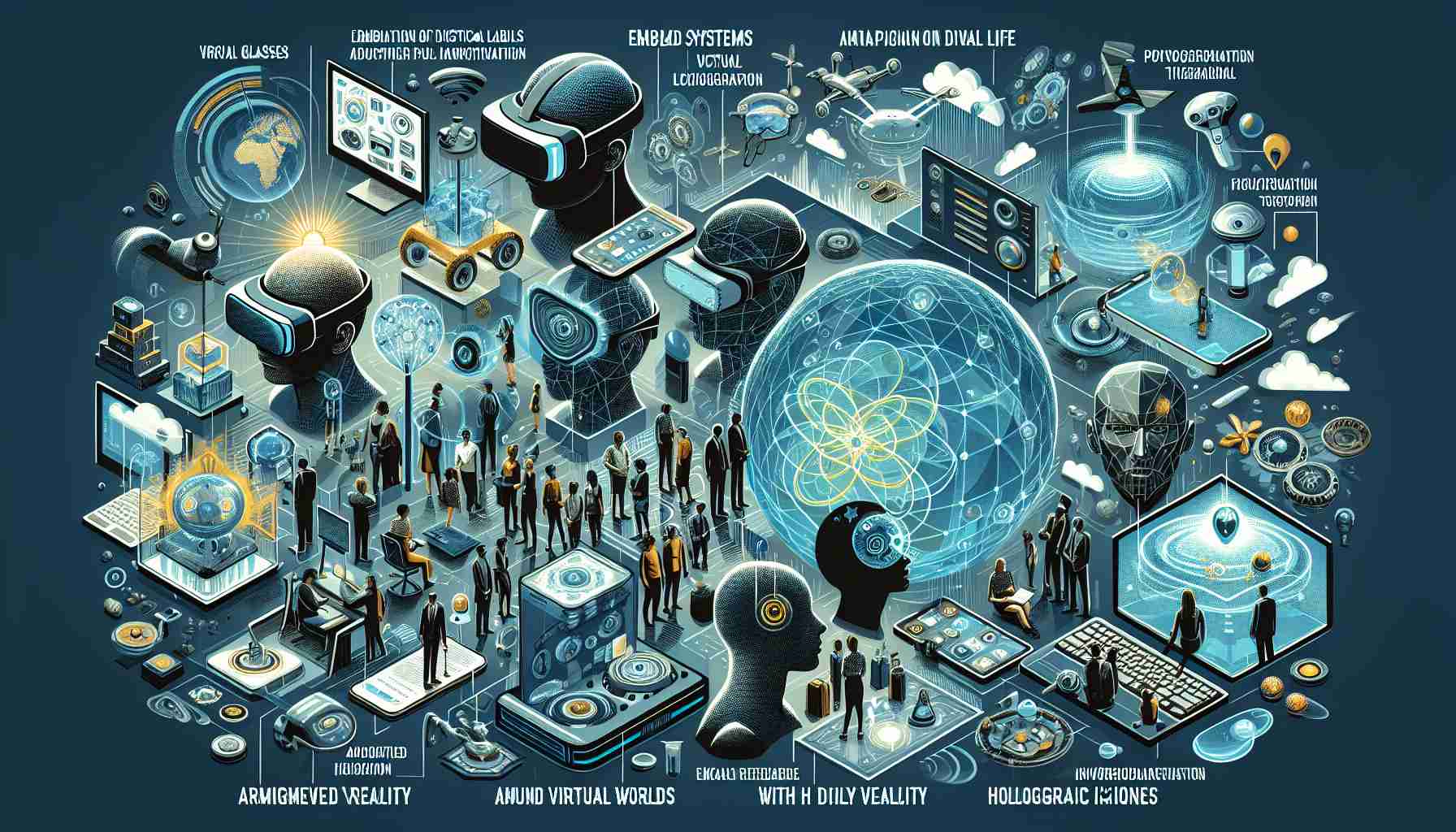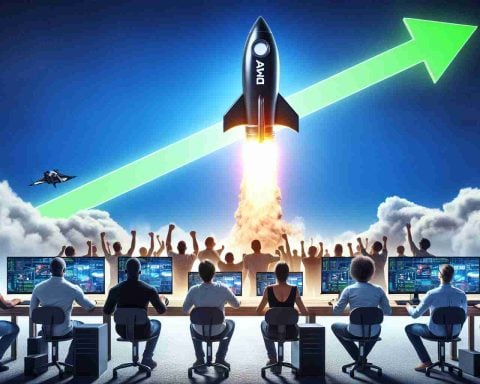The augmented and virtual reality market is undergoing unprecedented growth and is expected to continue expanding in the coming years. According to a report by Allied Market Research, the market size was valued at $27.6 billion in 2021 and is estimated to reach $856.2 billion by 2031, with a CAGR of 41.1%.
Augmented Reality (AR) and Virtual Reality (VR) are immersive technologies that have the potential to redefine our perception of the real and virtual worlds. AR overlays digital information onto the real world, enhancing our interaction with the environment. On the other hand, VR creates a fully immersive digital environment that allows users to experience and interact with virtual spaces.
Both AR and VR technologies have found applications in various industries such as gaming, training, education, and design. The demand for better hardware and software technologies is driving the growth of the market. Additionally, the affordability of these technologies has opened up opportunities for a wide range of consumers.
Large enterprises have been leading the adoption of AR and VR technologies, particularly in industries such as automotive, manufacturing, and healthcare. However, small and medium-sized enterprises (SMEs) are expected to witness significant growth due to the benefits these technologies offer, such as reduced training costs and improved customer satisfaction.
The gaming sector has dominated the AR and VR market, thanks to advancements in technology and the growing gamer community. However, the retail sector is expected to experience the highest growth in the future. Retailers are increasingly integrating AR and VR into their stores and products to enhance the customer experience and drive sales.
The COVID-19 pandemic has impacted the global economy, but the technology sector, including AR and VR, has fared relatively well. Organizations have turned to these technologies to enhance their operations and address the challenges brought about by the pandemic. In industries such as healthcare and law enforcement, AR has played a crucial role in improving diagnosis and surgical procedures.
The Asia-Pacific region is expected to see the highest growth in the AR and VR market. Countries like China and India are embracing these technologies in industries such as manufacturing, defense, and entertainment. Government initiatives, increasing internet penetration, and the rise in online content and certification programs are driving the market in this region.
Overall, the future of augmented and virtual reality is promising. As technology continues to advance and become more accessible, we can expect these immersive technologies to revolutionize various industries and create unique experiences for users.
Additional Facts:
1. Augmented reality (AR) and virtual reality (VR) are not limited to visual experiences but also incorporate other sensory inputs like audio and haptic feedback.
2. The medical field has seen significant advancements with the use of AR and VR, including the ability to train medical professionals, assist in surgeries, and provide telemedicine services.
3. The architectural and engineering industries are utilizing AR and VR to visualize designs and prototypes, improving the efficiency and accuracy of the design process.
4. Education has also benefited from AR and VR technologies, as they provide immersive and interactive learning experiences that enhance student engagement and understanding.
5. The entertainment industry is not just limited to gaming, but also includes applications such as virtual concerts, live events, and immersive storytelling experiences.
Most Important Questions and Answers:
Q: What are the key challenges in the adoption of augmented and virtual reality?
A: One of the main challenges is the high cost of AR and VR devices, which can limit widespread adoption. Additionally, concerns about data privacy and security in relation to AR and VR technologies need to be addressed.
Q: What are the controversies associated with augmented and virtual reality?
A: There are concerns about the potential negative effects of prolonged use of AR and VR, such as motion sickness, eye strain, and social isolation. Ethical considerations, such as the impact on privacy and the blurring of real and virtual worlds, are also subjects of controversy.
Advantages:
1. AR and VR technologies provide immersive and interactive experiences that enhance learning, training, and entertainment.
2. They have the potential to revolutionize various industries, improving efficiency, productivity, and customer engagement.
3. AR and VR can offer new ways of communication and collaboration in fields like design, remote work, and teleconferencing.
4. These technologies can bridge the gap between physical and digital environments, providing unique experiences and opportunities.
Disadvantages:
1. The high cost of AR and VR devices and software can limit widespread adoption, especially for individuals and smaller businesses.
2. Potential negative health effects, such as motion sickness and eye strain, can be a drawback for some users.
3. Data privacy and security concerns may arise due to the collection and storage of personal information in AR and VR applications.
4. The reliance on technology for certain experiences may lead to a detachment from the physical world and real-life interactions.
Suggested Related Links:
– Forbes: What the Future Holds for AR and VR Technology in 2021
– CNBC: AR, VR, and MR Will Be the Next Digital Phishing Vectors
– Gartner: Top Trends Affecting the Technology Sector






















